How about practicing yoga with your children?

Similar to adults, practicing yoga can be an excellent way to promote physical and mental well-being in children. Yoga helps children develop concentration, regulate their emotions, and cultivate a sense of inner peace while discovering their bodies. Incorporating yoga into the family routine can strengthen bonds, encourage a healthy lifestyle, and bring wellness into everyday life.
Step 1 – At what age can children start practicing yoga?
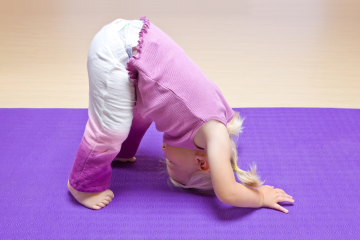
From a very young age. In baby yoga, parents perform simple exercises involving gentle movements, touches, and massages with their baby's participation. For baby yoga, it's crucial to adapt the exercises to the child's age. Up to the age of four, young children typically have shorter attention spans, so exercises must be playful at this age.
From the age of five, it's recommended to introduce longer yoga poses. For kindergarten-aged children, it's still necessary to combine yoga exercises with stories and play. Elementary school children are old enough to engage in real yoga exercises. However, for most of them, playful yoga remains more popular until the third grade.
Step 2 – Making Yoga a Family Activity
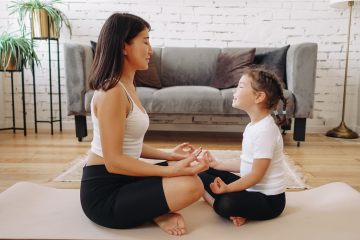
Choosing the right time : There's no perfect time to start yoga. Choose a time when the child is relaxed and receptive; this can make a big difference. Weekend mornings or evenings before bedtime can be ideal times. However, it's best to avoid practicing just after a meal.
Creating a conducive space : Creating a calm and distraction-free environment is crucial for a good yoga session. It could be a quiet corner in a bedroom or a dedicated space in the house.
Step 3 – Body Positivity and self-love
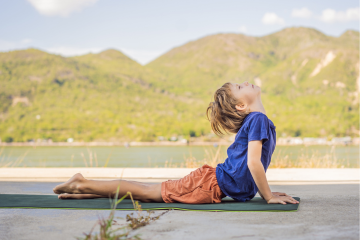
In yoga, the focus is on celebrating the capabilities and accomplishments of the body rather than its appearance. By flowing through poses together with your child, you can highlight the importance of tuning into your body and embracing all its aspects, even the ones that make yoga more challenging. This positive reinforcement can help children steer clear of self-criticism and self-consciousness as they grow older, fostering a more balanced perspective on body image.
Step 4 – Yoga instills discipline and diminishes impulsiveness
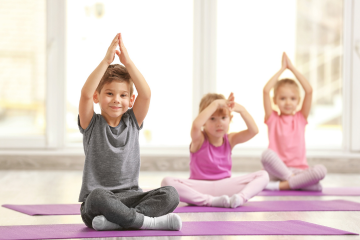
By offering children a physical outlet to express themselves, yoga can alleviate challenging behaviors in the classroom. Furthermore, it imparts lessons on discipline as children focus on clearing their minds and refining their poses.
Step 5 – Learning Yoga Through Play
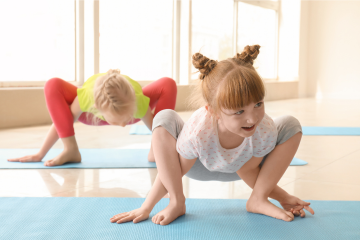
Teaching children through play remains the best approach to establish a strong foundation in learning. Many yoga poses carry descriptive names that can stimulate imagination and create a playful moment. This is how children discover how to do poses like the tree, cat, mountain, elephant, dog, volcano, or lion: characters they know well and enjoy imitating with their bodies. The key is not to perform the poses perfectly, but to find enjoyment and relaxation in exploring body movements.
To sum up, doing yoga with your child can be a fun moment. It's also a time to develop your relationship with your child while teaching them important things to feel good about themselves throughout their lives.
You can also take your children to the activities we suggest on our event page!
Don't forget to follow us on Facebook and Instagram to discover tips and content !
